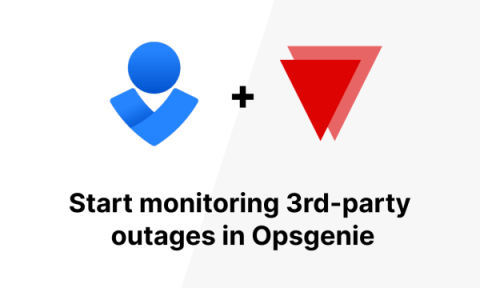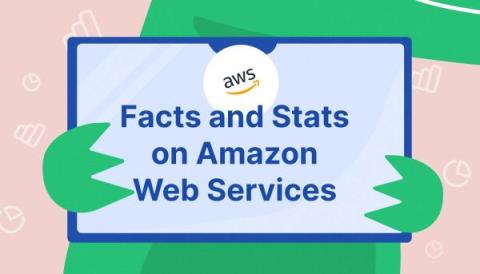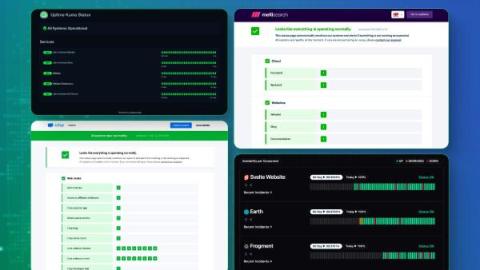Start Monitoring Third-Party Outages in Opsgenie
In today's digital world, we rely a lot on third-party services. These services are great because they help us grow, be more flexible, and work more efficiently. However, they also make things more complicated and risky. If a service we depend on stops working, it can cause big problems. To deal with this, we're excited to introduce a new feature that connects Opsgenie with IsDown.











